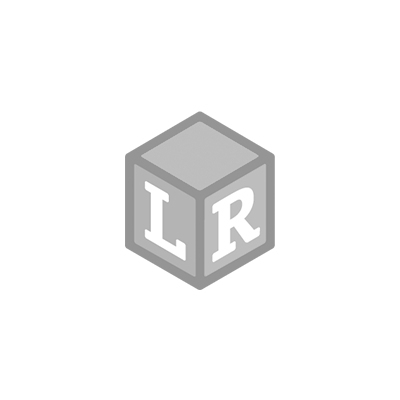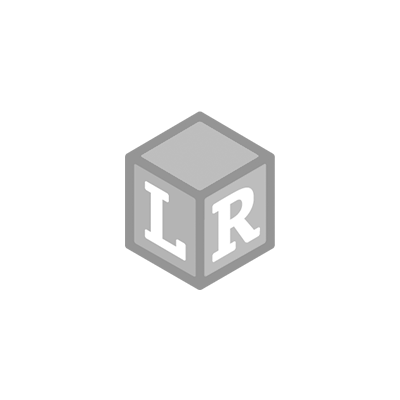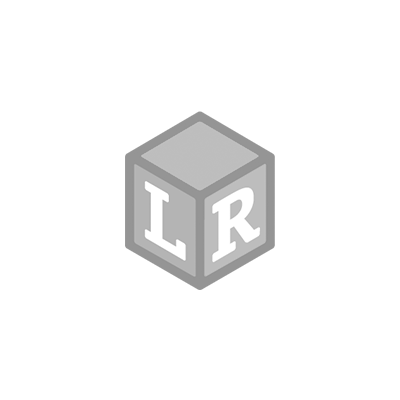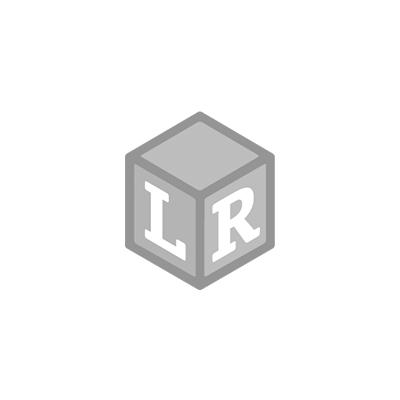
Modeling Independent Reading
- Patria Lincoln Posted On Apr 20, 2020 | Reading
Fostering a love of reading from an early age certainly boosts academic development, but also offers an opportunity for parents to connect with their children.
Classroom teachers often use the term ‘modeling’ when introducing a new skill or assignment. For example, if students are tasked with reading a sentence out loud, teachers will likely read aloud a sentence first so students can hear proper fluency. If students are writing a story in class, many teachers would write alongside their kids. The demonstration and commitment to practice is valuable to the learning process.
Whether your child is listening to a sibling read a board book, performing Shel Silverstein poetry for all to hear, or cuddled up with a chapter book on the couch, parents are encouraged to participate in this activity, too.
Learning Resources’ Reading Comprehension Cubes are a useful tool to spark discussion. The kit comes with six dice-like cubes with questions on each side. The red cubes list pre-reading questions, the blue cubes are for during reading, and the green cubes have post-reading prompts.
Examples: Red- “Predict what will happen in the story.”
Blue- “Where does the story take place?”
Green- “Summarize the story.”
Parents should take one cube of each color, and children should take the rest. While your child is independently reading, grab your book, too. Set a timer for 10 minutes while you both read silently. When the timer goes off, roll a cube. If the question is about the main character, you can share who the main character in your novel is, just like your child will describe the main character in their novel. Using familiar vocabulary such as “setting” or “conflict” will teach your child that stories have general characteristics. 
There are potentially three different types of reading skills that children may be practicing when they are reading at home: reading aloud, reading silently, and listening to reading. The Reading Comprehension Cubes can help improve and test children’s understanding within the different modalities. For example, a child may be able to clearly explain the conflict while they are listening to a story, but not when they are reading aloud. This would imply that more reading aloud and checks for comprehension would help strengthen that skill.
The Reading Comprehension Cubes can also be used as writing prompts. Instead of discussing, children can roll the dice, read the prompt, write their response, and then share what they wrote.
By adopting into your routine at least 20 minutes of reading each day, children are not only becoming stronger readers, but also stronger writers and thoughtful thinkers. They are witnessing firsthand how a story begins and ends, introduces characters, and develops settings. In addition, they will begin recognizing that the beginning of each sentence starts with a capital letter. The skills of reading and writing go hand in hand. Finally, they are learning to articulate their thoughts, ask insightful questions, and have a meaningful discussion.
Modeling independent reading demonstrates a lifelong love of literature.
 Shop UK Site
Shop UK Site 











